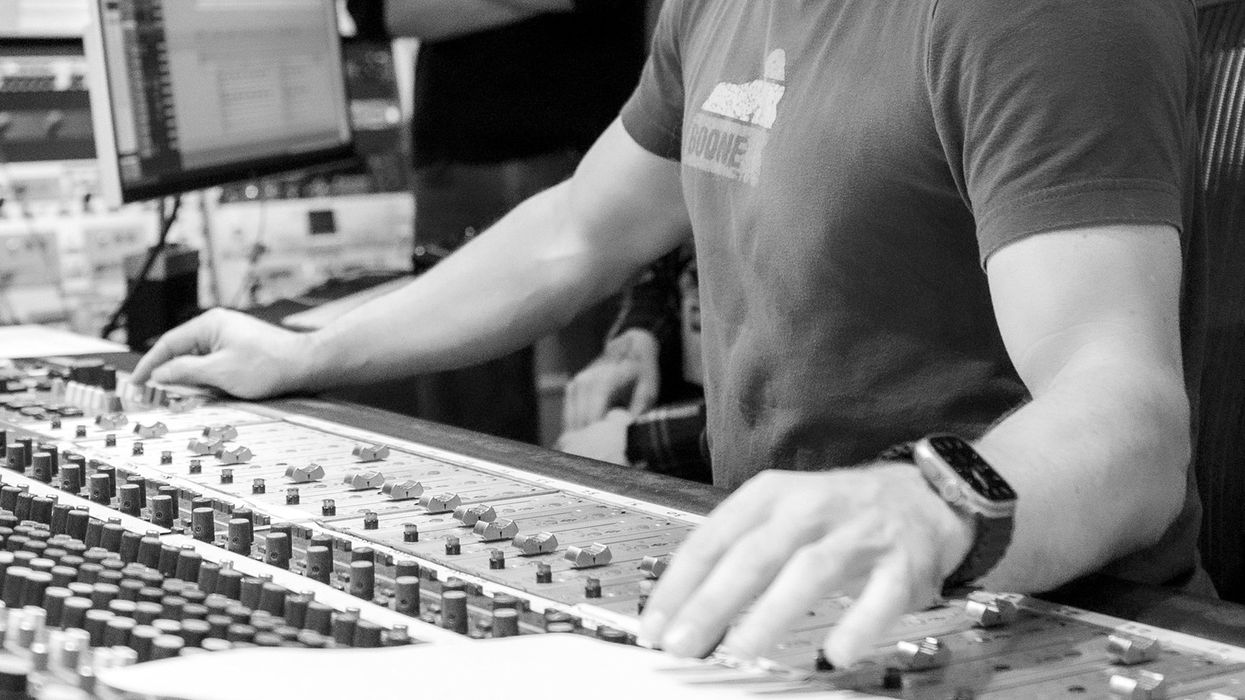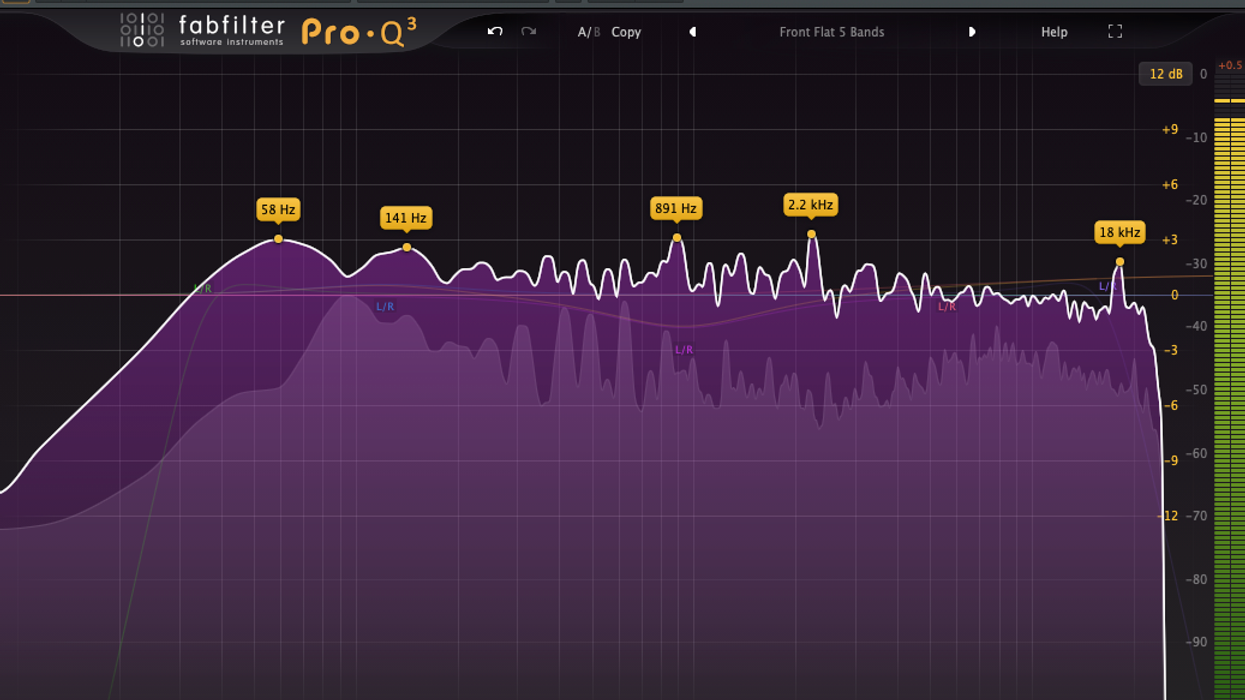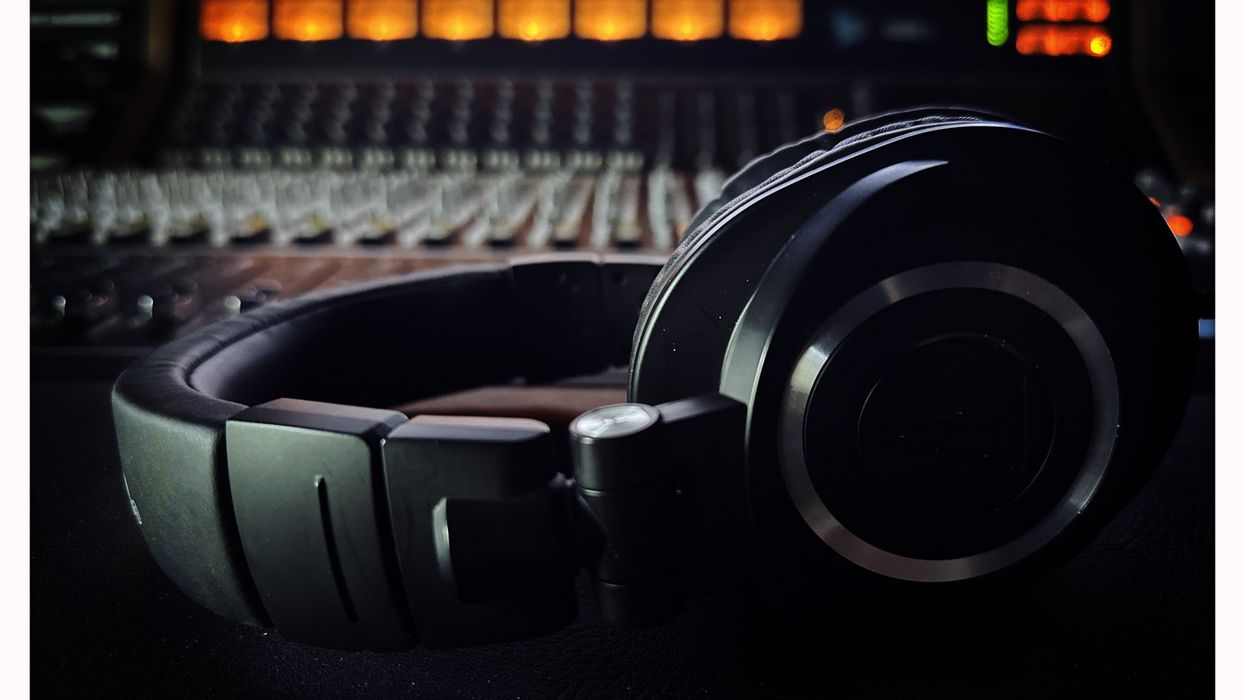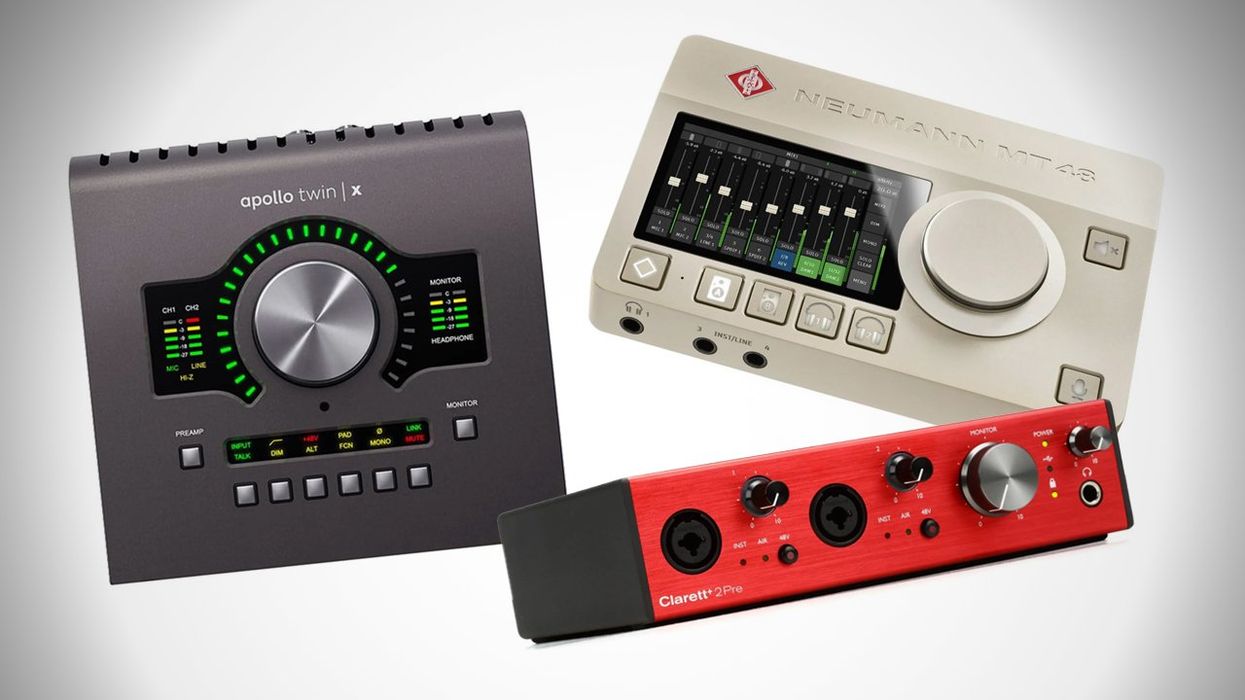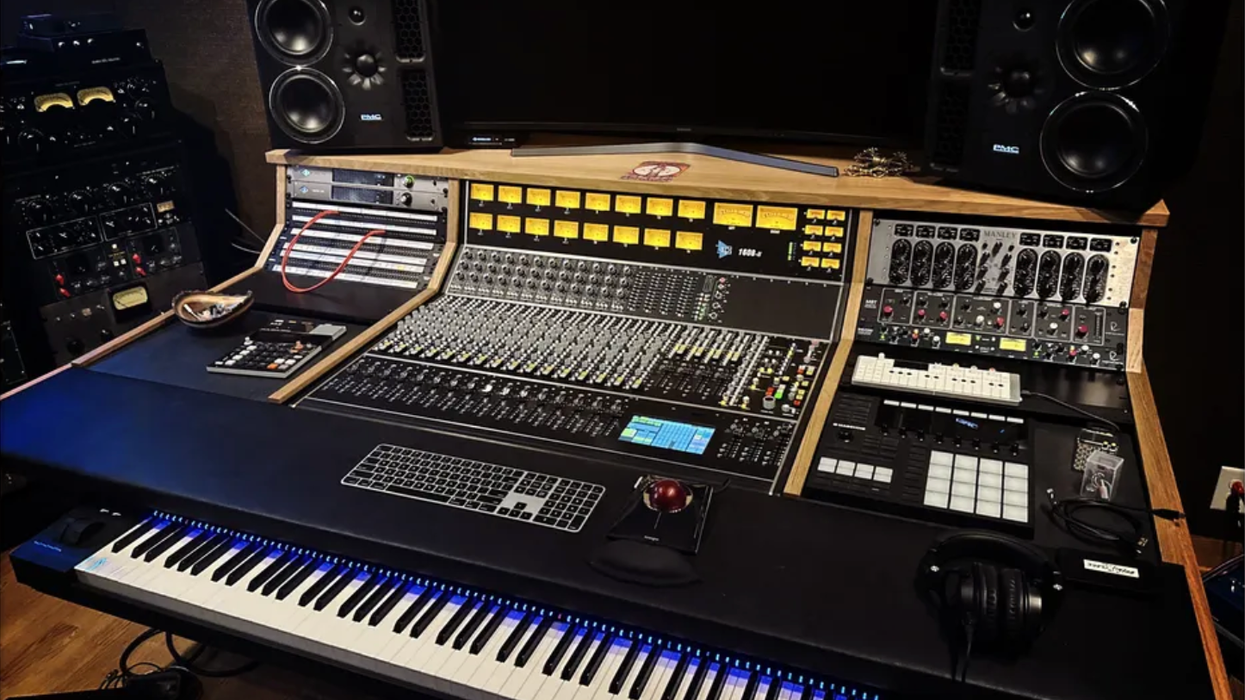Hello, and welcome to another Dojo. This month I want to give you some creative ideas for using the oldest natural effect we have—reverb.
Reverb is a fundamental tool in every audio engineer’s arsenal, often employed to create depth, space, and ambiance. We use it to simulate the natural reflections of sound in physical spaces, like rooms, halls, or chambers, but the creative possibilities of reverb can extend far beyond that when used as part of a larger effects grouping, and can enable you to sculpt some downright captivating soundscapes.
One of the most common creative uses of reverb is to manipulate the perceived spatial dimensions of a reverberant sound. By adjusting parameters such as decay time, pre-delay, and diffusion, we can alter the size and character of the virtual space in which a sound appears to exist—like a gritty spring reverb imbuing a guitar riff with vintage charm or a shimmering granular reverb enveloping a synth pad in sparkling, crystalline reflections.
But what if we experiment with it in more creative ways by warping naturally occurring physical properties, or playing with pitch, or even side-chaining various parameters? Tighten up your belts, the Dojo is now open.
Reverb itself is the last of three basic events:
1. Direct sound: sound that reaches the listener’s ears directly without reflecting off of any surface.
2. Early reflections: Early reflections are the first set of reflections that reach the listener’s ears shortly after the direct sound, typically within the first 50 milliseconds. They contribute to the perception of spaciousness and localization (coming from the left or the right), and help establish the size and character of the virtual space. The timing, directionality, and intensity of early reflections depend on room geometry, surface materials, and the position of the sound source and listener.
3. Reverb: Homogenized late reflections comprise the prolonged decay of reverberant sound following the initial onset of reflections. The length of which is measured in RT60 (Reverberation Time 60). Think of RT60 as the amount of time it takes for the reverb to decrease by 60 dB or match the inherent noise floor of the space (whichever comes first). For example, most great concert halls have an RT60 of around 2.4 seconds before the hall is “silent” again. The reverb tail is characterized by a gradual decrease in intensity from the complex interplay of overlapping reflections. The shape, density, and duration of the reverb tail are influenced by factors such as room size, surface materials, and acoustic treatment.The beauty of digital reverbs is that we have the ability to adjust these parameters in ways that simply cannot exist in the physical world. Some plugins like Waves’ TrueVerb ($29 street) will allow you to adjust these parameters to unnatural proportions.“The creative possibilities of reverb can enable you to sculpt some downright captivating soundscapes.”
Now, let’s try to use reverb paired with other effects rather than an end result by itself. Put a short reverb (RT60 of less than 1.5 seconds) on any audio track, then follow it with a reverse delay with a small amount of feedback (around 30 percent) and around 1 to 2 seconds delay time. Hear how the reverb feeds into the reverse delay? Adjust to taste and experiment.
We can also start to modulate the reverb. On an aux bus, place a pitch-shifter like Soundtoys Little AlterBoy ($49 street), set the transpose to +12 semitones (up an octave), and mix to 100 percent wet. Adjust the formant to make it sound even more strange. Follow this with a reverb of your choice, also set to 100 percent wet. Now, route a selected audio track (perhaps a vocal or a lead guitar solo) to the aux bus and adjust your aux send level. Now you have a pitch-shifted reverb to add some octave sparkle.
Next, add in a tempo-synced tremolo or panner after the reverb and enjoy the results! I like doing things this way because you can easily switch the order of any effect and save the effect chain. For added bliss, try applying a high-pass filter to remove low-frequency mud, allowing the reverb to sit more transparently in the mix without clouding the low end.
To hear this in action, I invite you to listen to my new single “Making the Faith” (Rainfeather Records), especially the bridge section of the song along with my guitar solo. Until next time, namaste.




